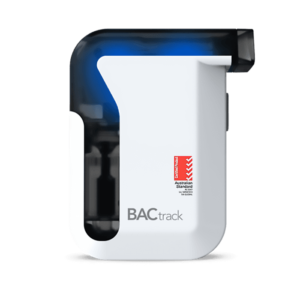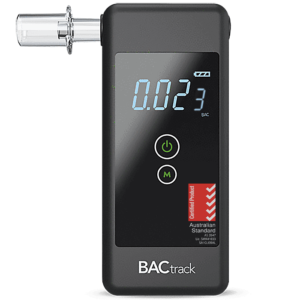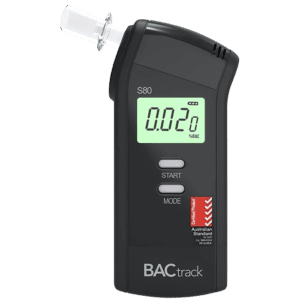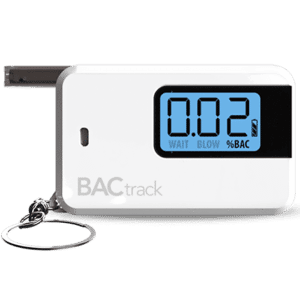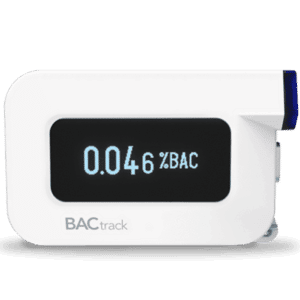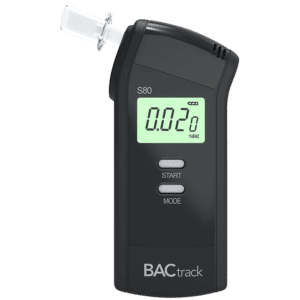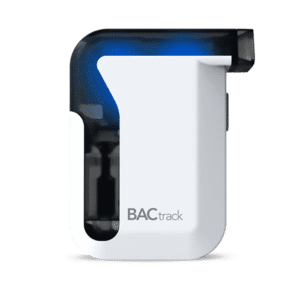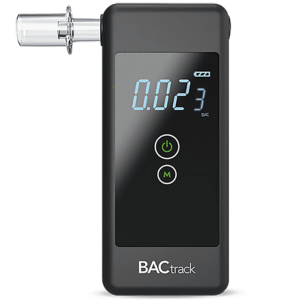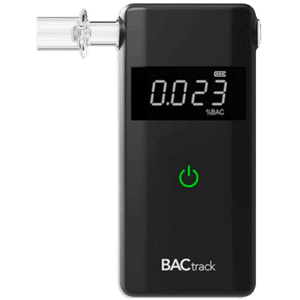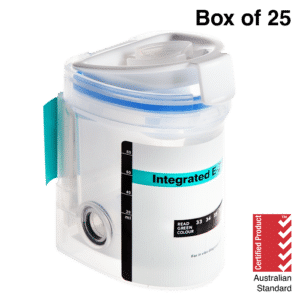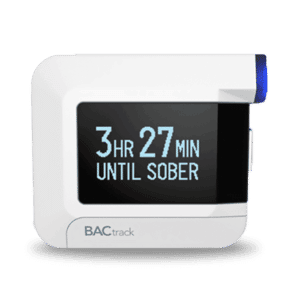Drug Screens: What It Is and the Methods of Screening
05 April, 2024
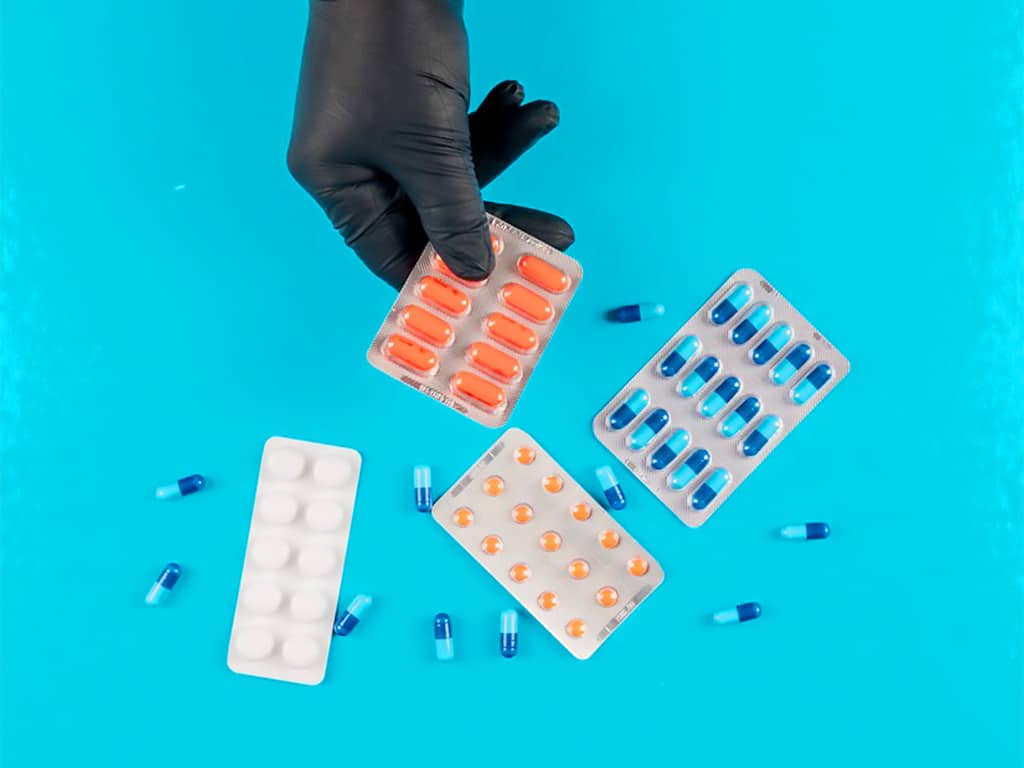
Drug screening is a process used to detect the presence of drugs or their metabolites in the body of a person. Accordingly, it serves various purposes. It can be for ensuring workplace safety, compliance with sports regulations, legal requirements, and monitoring. Furthermore, several forms of testing are available. It may include urine testing, oral fluid drug testing, blood testing, and hair testing. Individuals can undergo screening by purchasing drug test kits or booking an appointment for laboratory testing.
Drugs of abuse are substances that can have damaging effects on occasional and chronic users. With the rise of addiction rates and increasing concerns about drug use, the detection of drugs becomes crucial. It identifies individuals who may pose a risk to themselves or others. Also, testing for drugs is a vital component in maintaining a safe and drug-free environment. The following sections will present the screening for drugs, including the screening methods and how they work.
What is Drug Screening?
Drug screening involves a process where individuals undergo drug testing to check for the presence of drug classes. It can detect a wide range of substances, including illicit drugs, prescription drugs, and alcohol consumption. Typically, this procedure is conducted by collecting urine samples, saliva samples, blood samples, and hair samples. It aims to identify recent or habitual drug usage.
Accordingly, individuals can undergo an initial screen by purchasing drug test kits or booking laboratory appointments. The test kits allow people to perform screening at home. These kits are available in pharmacies or online. It offers convenience and privacy. Meanwhile, laboratory testing involves visiting a professional testing centre. These testing facilities are equipped with trained laboratory staff and advanced technology with high accuracy.
Furthermore, employers often conduct workplace drug tests. They usually require pre-employment, random, reasonable, and post-accident testing. Additionally, legal authorities use screening in the enforcement of laws and regulations. Moreover, sports organisations implement screening to ensure fairness and integrity within competitions.
Importance of Screening in Various Settings
- Promotes workplace safety: Companies can take steps to prevent accidents and injuries. It protects employees and reduces potential liability.
- Supports fair competition in sports: It detects athletes who use performance-enhancing substances. It ensures that competitions are fair and that victories are based on skill.
- Aids in law enforcement officers: The screening helps authorities during traffic stops or probation monitoring.
- Facilitates addiction treatment and recovery: Health professionals utilise the screening to monitor patients undergoing treatment. It allows them to assess the effectiveness of treatment plans and make necessary adjustments.
- Encourages a drug-free educational environment: Schools may implement screening to deter drug use among students.

Methods of Drug Screening
Drug screening involves various types of drug tests. Urine drug testing is the most widespread form of screening. This is due to its ease of collection and the ability to detect a wide range of substances. Accordingly, saliva or oral fluid drug testing provides a less invasive way to screen for drug use. It is a method that can quickly detect recent substance use (usually 12-24 hours).
Another type of drug test is the blood test. It is one of the most accurate screening methods. It is capable of detecting the actual presence of substances in the bloodstream. Although highly precise, it is more invasive and costly. Additionally, hair drug testing allows for the detection of drug use over a more extended period, typically up to 90 days. It helps understand long-term drug use patterns.
In addition, while not for drugs of abuse testing, breath testing is vital for alcohol testing or alcohol screens. It uses a breath alcohol equipment or breathalyser that measures Blood Alcohol Concentration (BAC). The method offers a non-invasive alcohol assessment and immediate results.
Common Drugs Detected
The screening process identifies a wide range of substances. Foremost, the screening can detect illegal drugs. It may include marijuana, cocaine, heroin, methamphetamines, and ecstasy. These substances are often sought in tests due to their potential abuse, addiction, and risks.
In addition, the screening can monitor the presence of prescription medications. It may include opiates, opioids, benzodiazepines, and amphetamine drugs. While these substances have legitimate medical uses, their potential for dependency and abuse makes monitoring necessary. Moreover, the screening can detect ethanol. It is a primary ingredient in alcoholic beverages. Alcohol, while legal, poses significant risks when used irresponsibly.

How Drug Screening Works
Drug screening works in a systematic approach. It follows a standard to detect drugs or their metabolites. The process begins with the collection of specimens for drug detection. It may include gathering urine, blood, hair, or saliva samples. Accordingly, conductors seal and label the specimens for identification. Subsequently, professionals analyse the biological samples using scientific methods.
Conductors often start with an initial screening using immunoassay techniques. Here, chemicals in the test kit react with drug compounds present in the sample. If the screening returns a non-negative result, a follow-up test or confirmatory testing may occur. Gas Chromatography-Mass Spectrometry (GC-MS) and Liquid Chromatography-Mass Spectrometry (LC-MS) are the gold standard for this phase.
Nevertheless, confirmation testing utilises techniques that separate the chemical substances in the samples and identify them precisely. It provides undeniable evidence of the presence or absence of specific substances. Furthermore, it is essential to note that laboratories are the only authorised parties to conduct confirmation testing. The entire process is performed under strict procedural guidelines and chain of custody.
Factors Affecting the Screening Results
Foremost, the biological material used for testing significantly affects the detection window. For instance, substances tend to remain detectable for extended periods in hair, unlike urine tests. Secondly, individual metabolic rates can alter the time a drug remains detectable in the body. Age, gender, body mass, and overall health can influence how quickly or slowly a person metabolises drugs.
Additionally, the amount and frequency of substance use can impact the test results. Regular or heavy use may result in longer detection times. Moreover, incorrect storage conditions or contamination can alter the sample composition. It can potentially lead to erroneous results.
Conclusion
In conclusion, drug screening is an essential process that helps maintain a drug-free environment. It is a procedure that detects the presence of substances in the system of a person. Accordingly, it presents importance in various settings. It promotes workplace safety, fair competition in sports, a drug-free educational environment, and aids law enforcement officers. Furthermore, there are multiple methods of screening. It may include saliva, blood, hair, urine drug tests, and breath alcohol tests.
The screening methods can detect a wide range of substances. It can identify marijuana, heroin, ecstasy, benzodiazepines, opioids, and ethanol. Moreover, the screening works in a systematic approach. The procedure starts with the sample collection. Then, the samples undergo a series of testing. The initial screen includes using immunoassay techniques. Meanwhile, confirmatory tests utilise mass spectrometry. Nevertheless, knowing the factors that can affect the screening results is crucial.


















